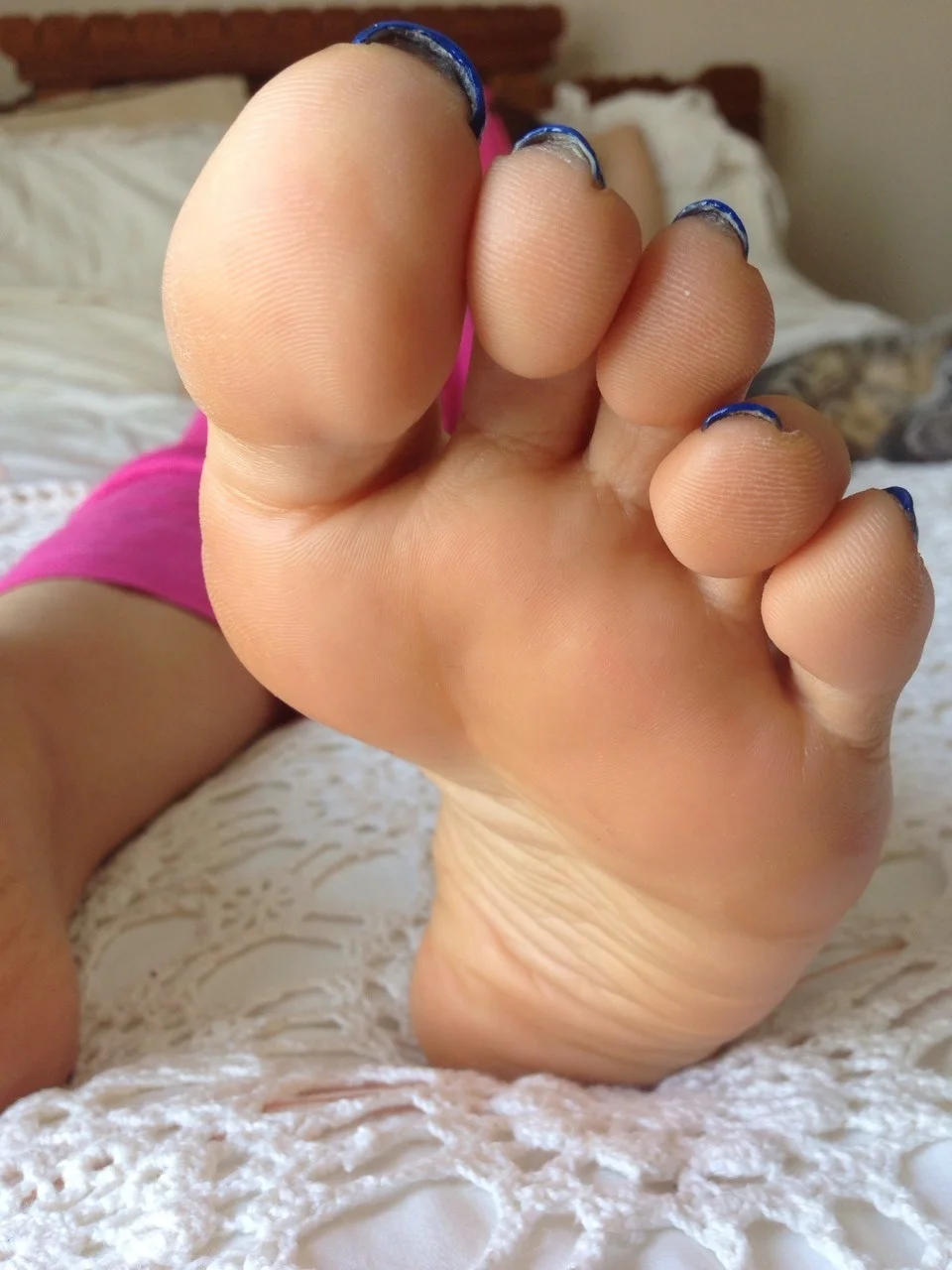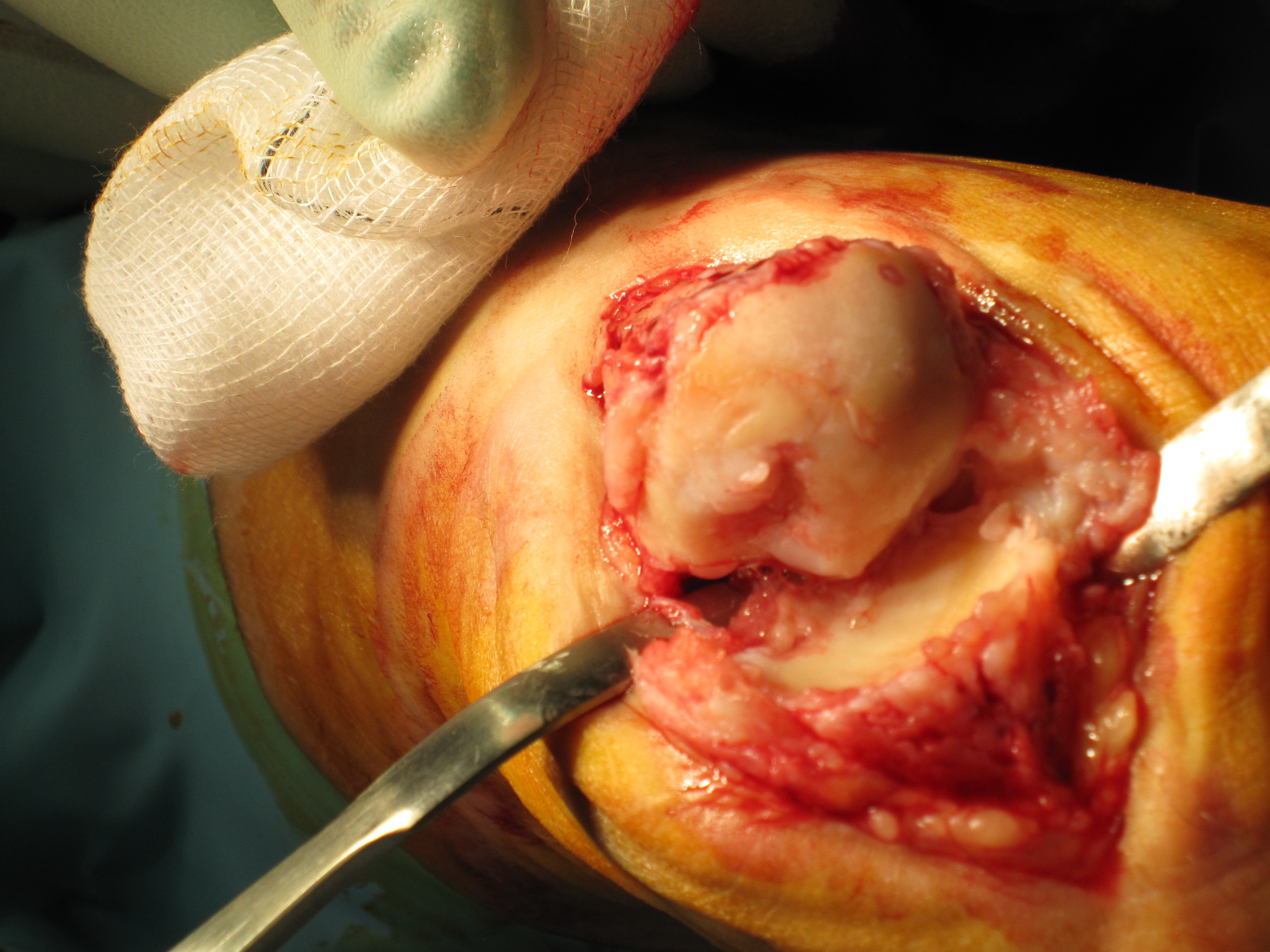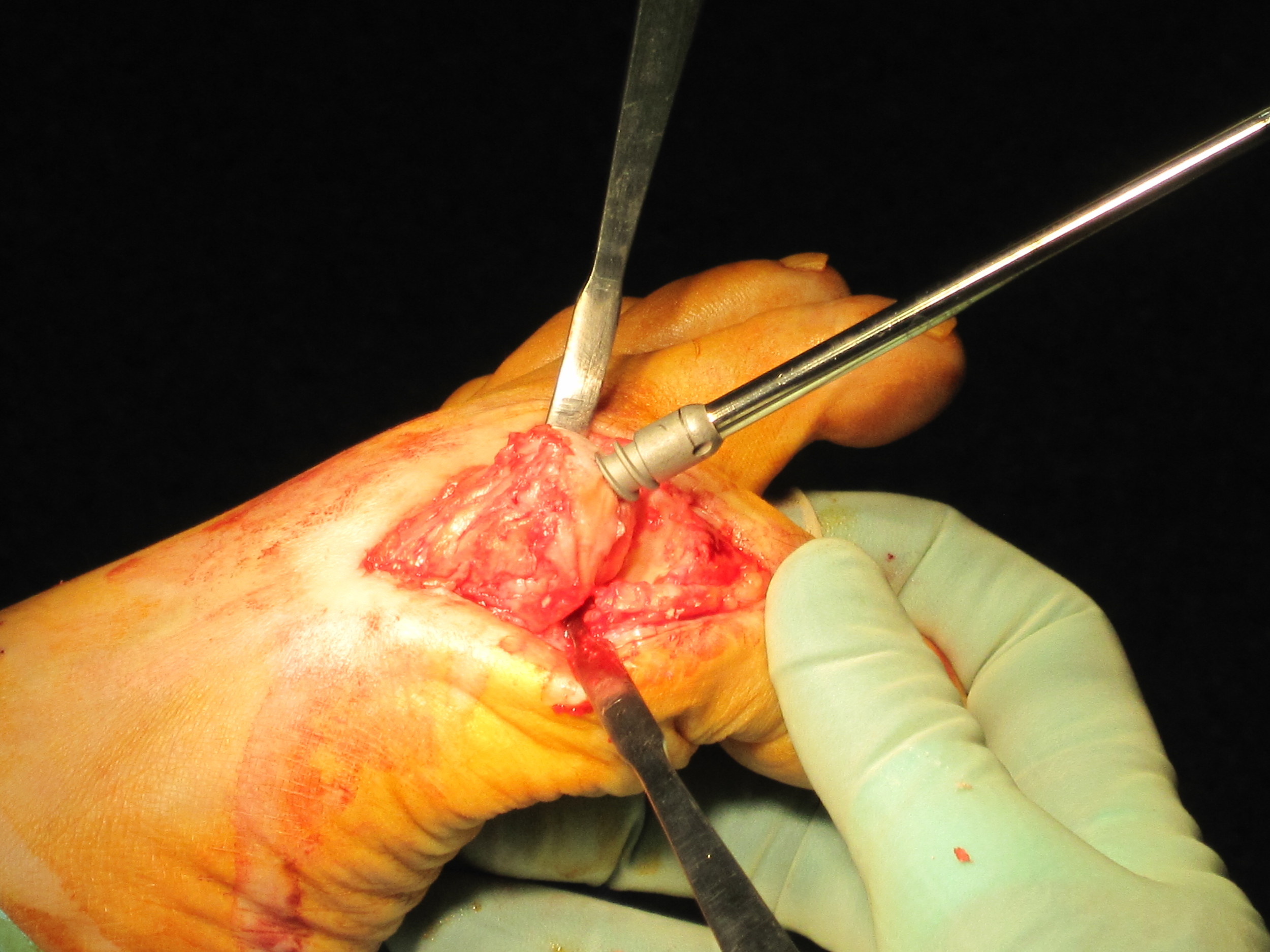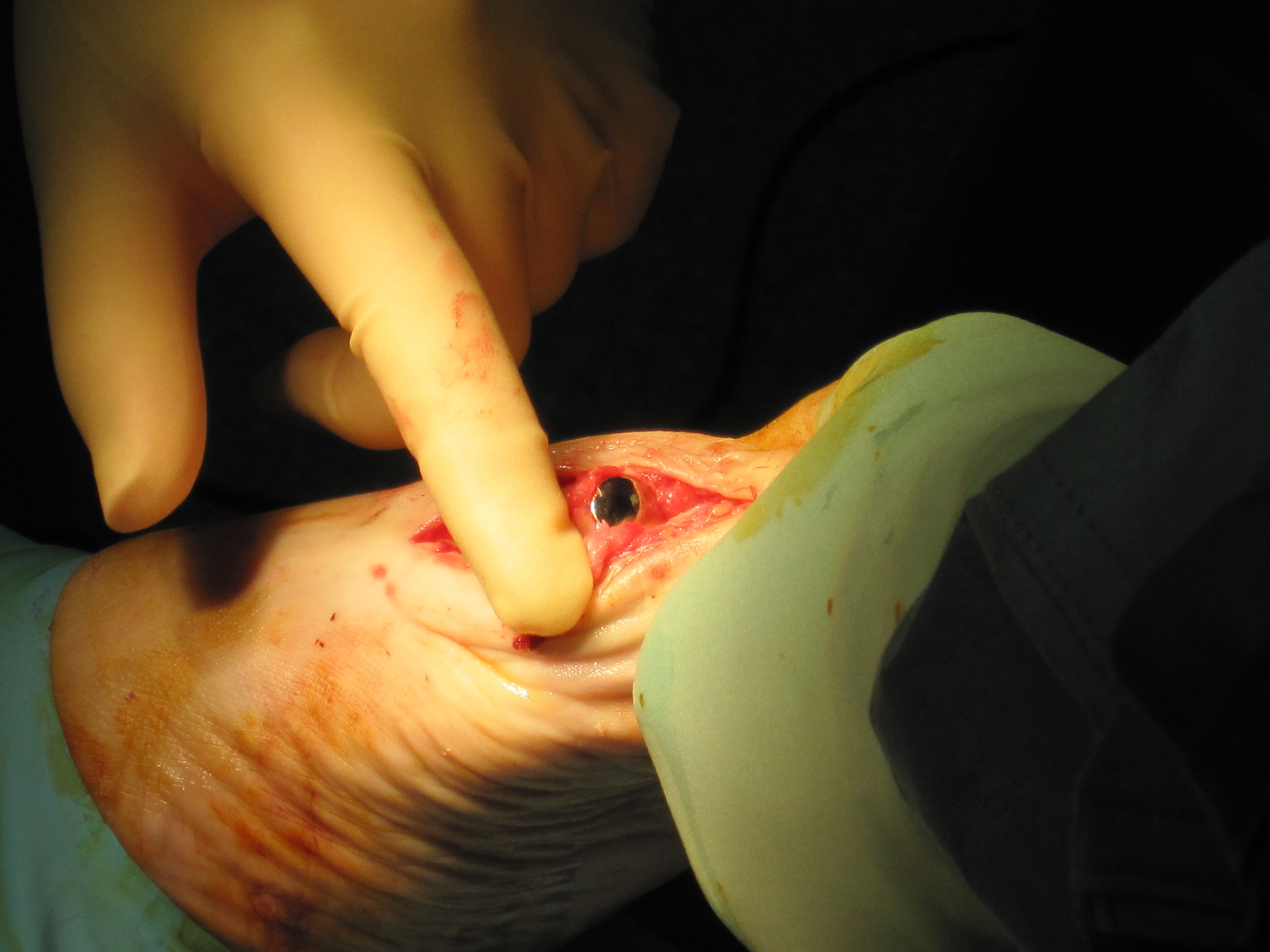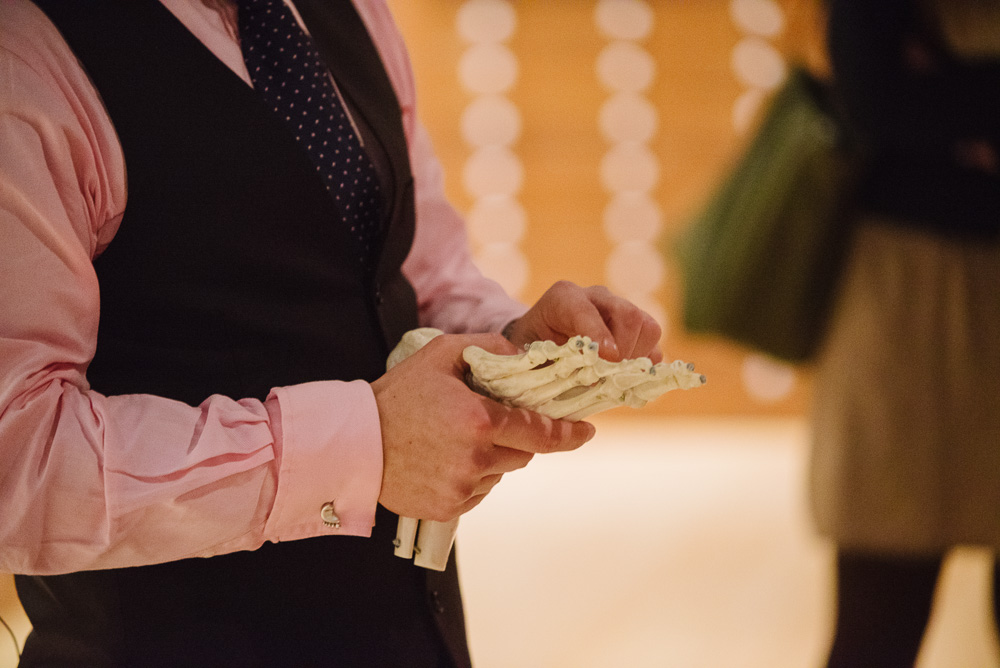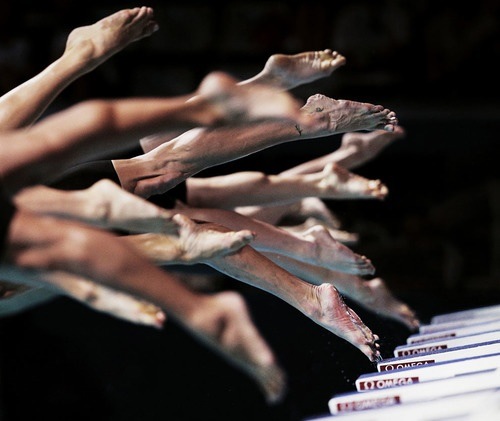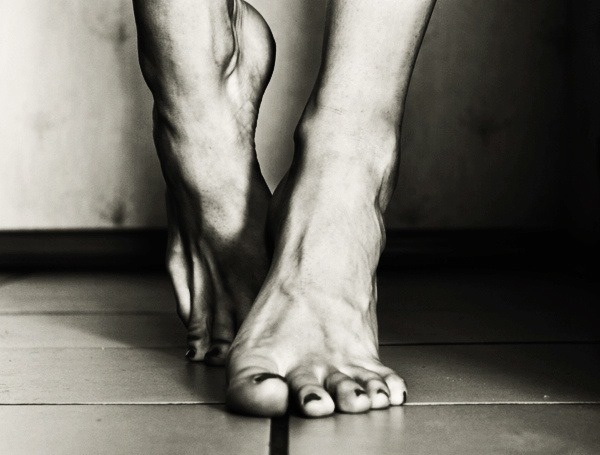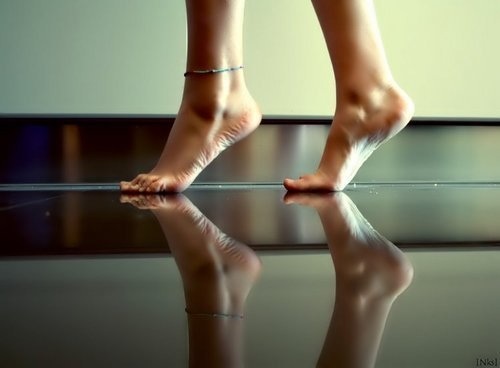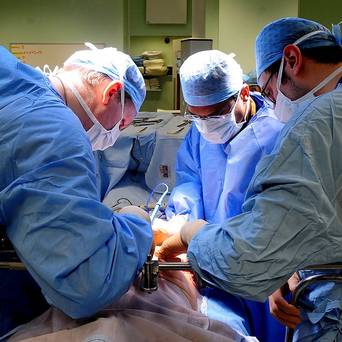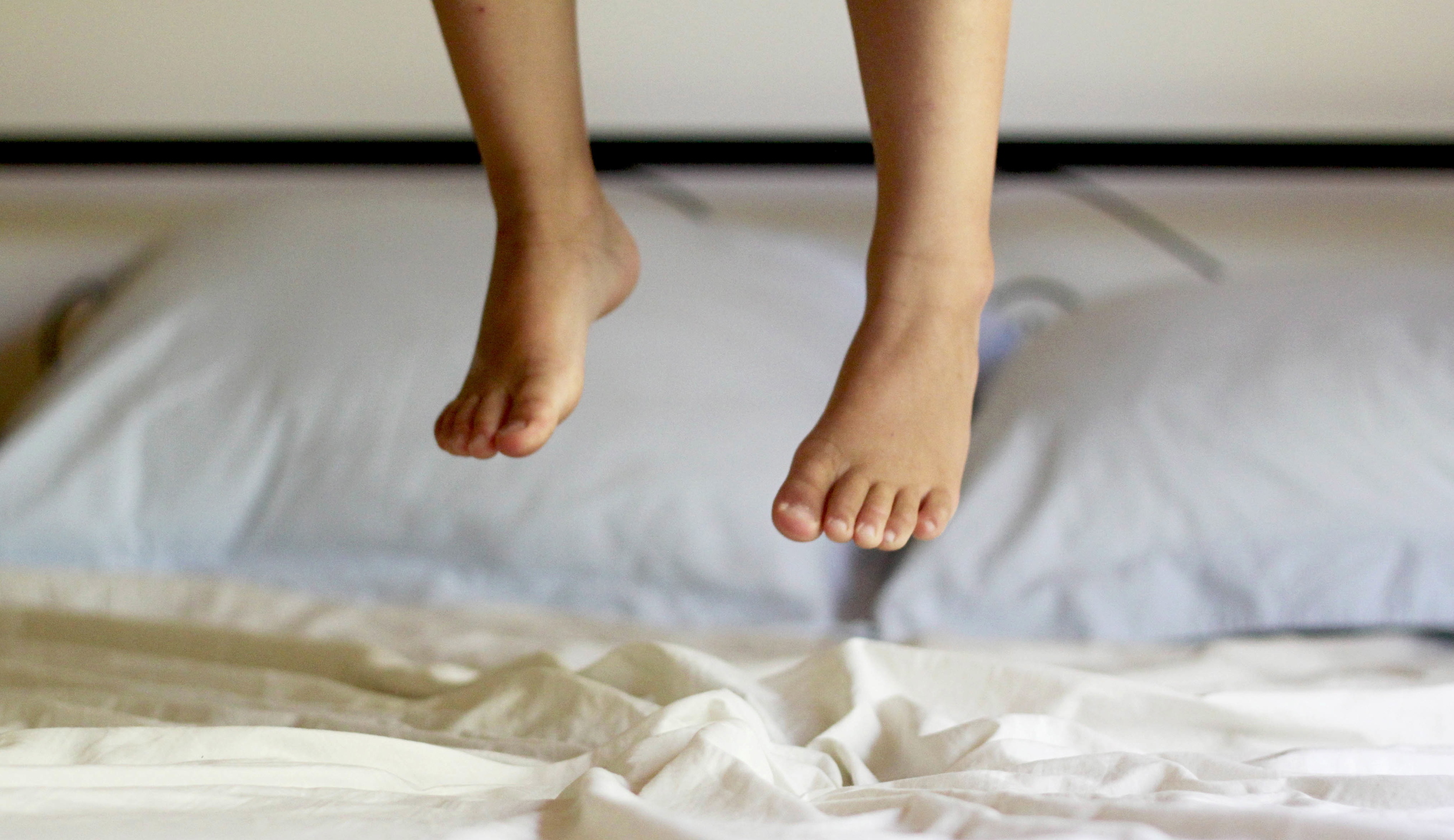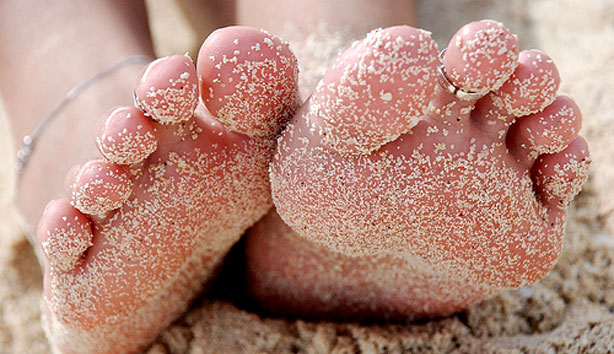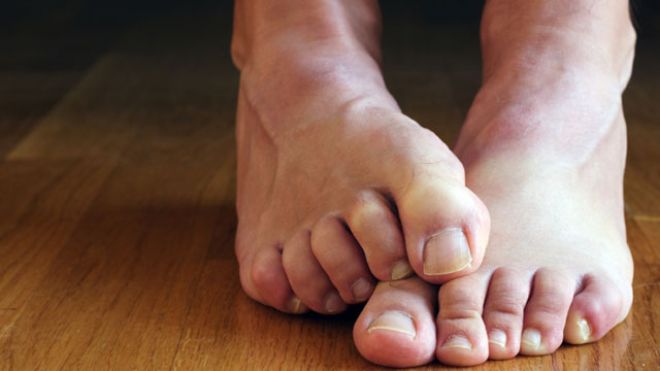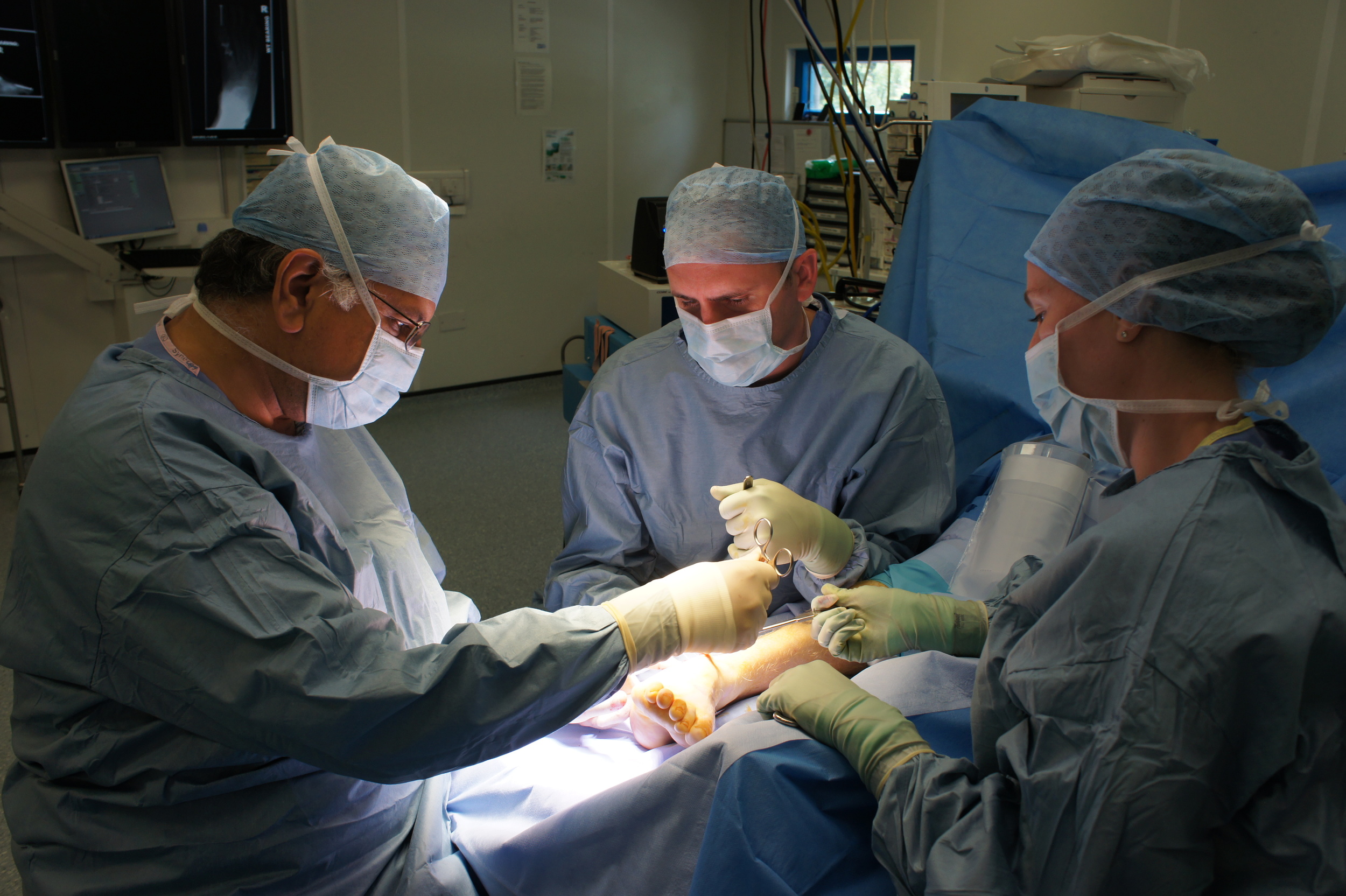Hallux Rigidus
Hallux Rigidus
What is Hallux Rigidus ?
Hallux rigidus describes stiffness and pain in the big toe(hullux) joint resulting from arthritis. It may occur spontaneously, secondary to injury or as a result of an inflammatory condition such as gout.
Stiffness of the big toe joint is one of the first symptoms- bending the toe backwards(dorsi-flexion) is especially difficult and during walking patients complain of pain as the big toe 'pushes-off" from the ground. Patients often notice a bump (dorsal osteophyte) on top of the joint which tends to rub on shoes.
Fig.1 Radiograph showing curved ‘osteophyte’ and loose bone on top of the big toe joint.
Hallux rigidus is diagnosed by clinical examination and with radiographs.
How is it treated?
Early or mild arthritis can sometimes be treated by modifying foot-wear, using a stiffening carbon fibre insole and a curved ‘rocker’on the sole of the shoe at the level of the big toe joint. These stop the big toe joint bending so much and consequently reduce pain. Alas these measures are not effective in everybody.
When is surgery needed?
Pain from mild arthritis can sometimes be improved with an injection of steroid into the joint.
Arthroscopy: Some patients have very localized areas of cartilage injury, called an osteochondral lesion. Small areas of damage can often be treated with key hole surgery (arthroscopic) treatment, using a small camera and specially designed instruments which are inserted into the joint through 2 small punctures over the top of the toe.
Cheilectomy: Moderate arthritis can be treated with a cheilectomy, where the prominent dorsal lump is removed along with the worst areas of arthritis, this is done as a day case usually under a local anaesthetic block. The purpose of the operation is to improve the range of motion, relieve pain and allow a return to previous sporting activities. Usually cheilectomy allows 10-15 degrees more movement.
A movie showing a patient with a big toe fusion of both left and right feet, walking and tiptoeing.
Fusion: When the arthritis is more advanced it may it may be necessary to fuse (arthrodese) the joint: The arthritic joint surfaces are removed and the metatarsal and proximal phalangeal bones are fixed together using a small plate and screws. The purpose of the operation is to leave a stiff but pain-free joint. The fused joint does not normally cause problems with walking or shoe-wear, patients usually function very well with a 1st MTPJ fusion. Ladies often prefer the joint to be fused with the toe slightly elevated so that a healed shoe may be worn comfortably.
Patients can walk straight away in a special sandal which takes the weight away from the front of the foot, this is worn for six weeks.click here for link to big toe arthritis information sheet PDF
MTPJ replacement.
Resurfacing of the joint is a newer technique which may be considered in patients who really do not wish to lose range of movement at the 1st MTPJ. Some published results are promising but it is early days and careful selection and evaluation of patients is required before they may be considered suitable to undergo 1st
Are there any risks of surgery?
As with all foot and ankle surgery, surgery to the the big toe carries a small risk of complications. As well as the standard risks of infection, wound breakdown, nerve injury and bleeding big toe surgery carries the specific risk of:
Fusion:
Non-union, where the joint does not fuse solidly this occurs in 5% of patients.
Mal-alignment, rarely the toe may be positioned in a slightly elevated or depressed position.
Cheilectomy:
Persistent stiffness and pain , the worse the arthritis the higher the risk.
Fig.3. Series of photographs showing function after a fusion of the big toe joint.
Be sociable..share!

